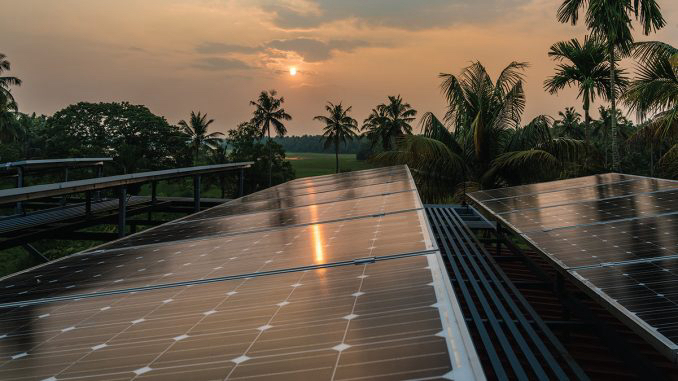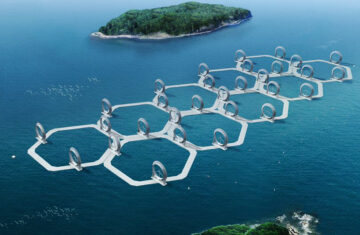In a recent public hearing conducted by the Joint Electricity Regulatory Commission in Panaji, Goa’s industry leaders voiced their frustration over the lack of reforms and initiatives to harness alternative renewable energy sources in the Goa Electricity Department’s five-year business plan. The Goa Chamber of Commerce and Industry (GCCI) emphasized the urgent need for action to promote sustainable energy solutions.
In their written submission to the Commission, the GCCI urged the state to consider establishing mini and small hydro units as a viable option for increasing renewable energy generation. This proposal comes amid growing concerns about the current green energy tariff structure, which they argue is not conducive to promoting renewable energy.
The GCCI pointed out that the Union Power Ministry’s Electricity (Promoting Renewable Energy Through Green Energy Open Access) Rules 2022 aim to make green energy accessible at affordable tariffs. However, the proposed tariff of ₹7.21 per kilowatt-hour (kWh) for FY 2025-26 is considered excessive. “This rate does not align with the goal of promoting green energy,” the GCCI stated, highlighting that the actual landed cost is only ₹4.21 per kWh.
The organization noted that the addition of distribution service charges, backing down costs, and cross-subsidy surcharges increases the overall cost by over 70%, making green energy less attractive to consumers. “This rationalization is crucial to make green energy tariffs viable,” they insisted.
Anish Souza from the Confederation of Indian Industry (CII) Goa also raised concerns during the hearing. He explained that recent changes to how consumers with renewable energy units are billed have disincentivized green energy production in the state.

Previously, consumers with solar units could receive credit based on their production versus consumption. However, a notification issued in June 2024 shifted the billing system to net billing. Under this new structure, consumers are billed for their regular power consumption while only receiving lower average rates for the solar energy they feed into the grid.
Souza warned that this change could pose significant challenges to Goa’s ambition to meet the central government’s green energy production targets by 2030. The industry’s push for a more favorable regulatory environment reflects a broader desire for sustainable energy solutions in Goa.
As Goa seeks to enhance its renewable energy capabilities, it is clear that industry leaders are calling for immediate reforms. Initiatives such as exploring hydro power options and rationalizing green energy tariffs could play crucial roles in fostering a sustainable energy future. With the right policies in place, Goa can make significant strides towards achieving its green energy goals while supporting local industries.



